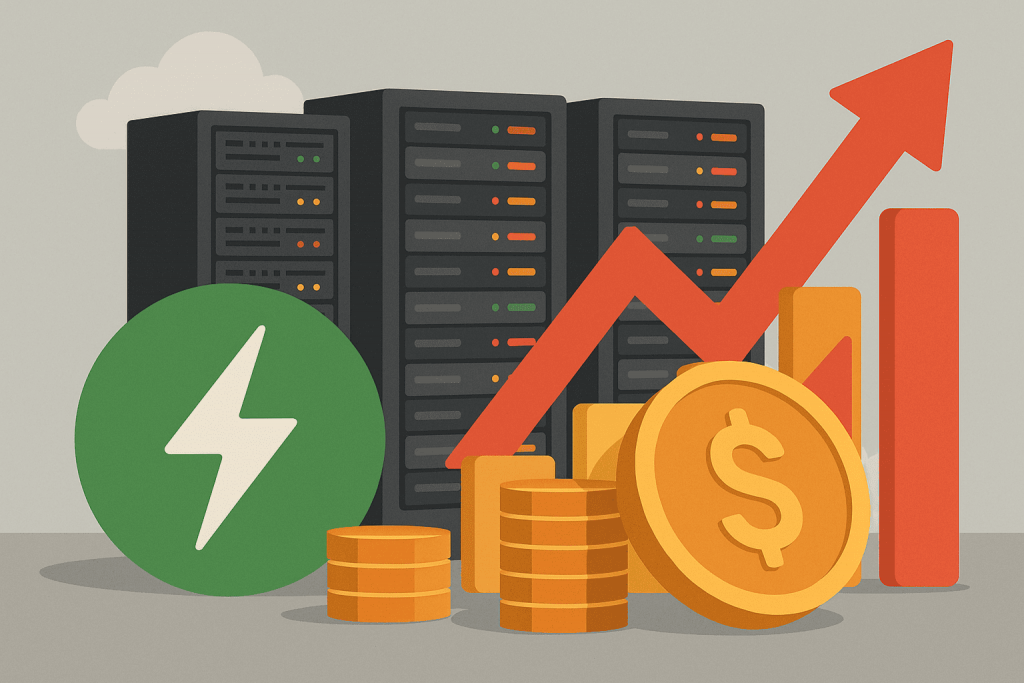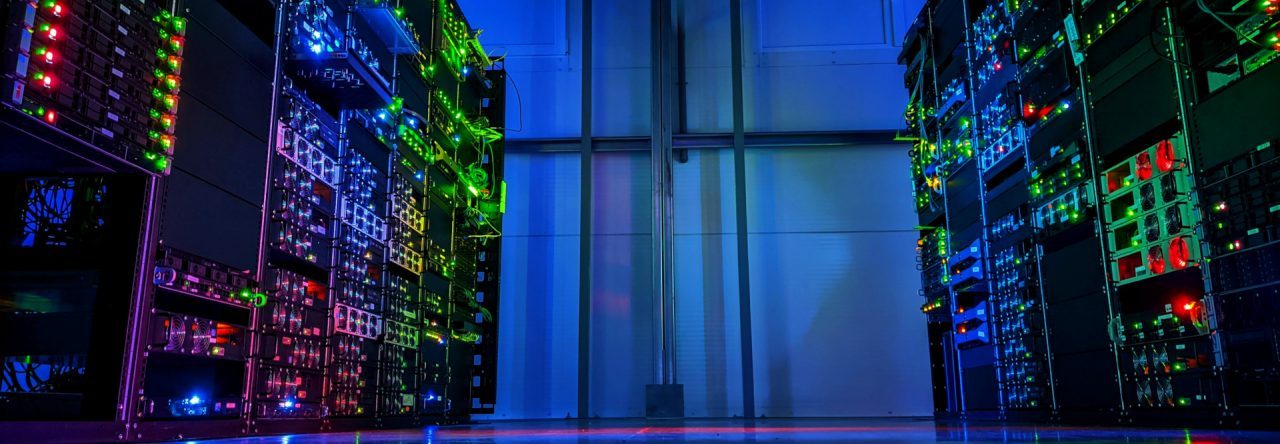
Energy is the invisible “fuel” of the modern internet. Everything we see online — websites, online stores, streaming services, or cloud storage — runs thanks to data centers that continuously power hundreds of thousands of servers. But behind stability, speed, and reliability lies a very real number measured in kilowatt-hours, and it directly determines the cost of your hosting.
The Cost of Energy as the Main Factor
An average server rack consumes anywhere from several to dozens of kilowatts of electricity. While this might be negligible for a home computer, at the scale of a data center even a small change in electricity rates can translate into thousands of dollars in additional monthly expenses. Power is needed not only to run CPUs and storage devices but also to support cooling systems, stabilizers, uninterruptible power supplies, ventilation, and fire safety systems. As a result, 40–60% of a data center’s total operating cost is electricity, so any fluctuation in energy prices inevitably affects hosting prices.
Why Energy Efficiency Is More Than Just a Trend
Modern data centers increasingly discuss the PUE (Power Usage Effectiveness) coefficient — a metric that shows how much energy is spent on “indirect” needs such as cooling and infrastructure. An ideal data center would have a PUE of 1.0, meaning all consumed energy goes directly to powering servers. In reality, this number ranges between 1.2 and 2.0, so up to half of the electricity can be spent maintaining temperature control. Companies that invest in advanced cooling systems — such as liquid or free-air cooling — reduce overall energy consumption and can keep hosting prices more competitive.
Dependence on Region and Climate
The location of a data center plays a major role. In countries with cooler climates, servers are naturally easier to cool, which helps save significant amounts on air conditioning. In hot regions, on the other hand, cooling costs can be several times higher, directly affecting hosting providers’ pricing policies. Thus, the choice of geographic location is not only about latency but also about electricity costs. Ukrainian data centers, for example, often have an advantage thanks to their moderate climate and relatively affordable energy resources, allowing them to offer competitive rates without sacrificing quality.
The Impact of Green Technologies
Across the world, the adoption of renewable energy sources — solar panels, wind turbines, and hydroelectric power — is accelerating. For data centers, this is not only an environmental concern but also a matter of long-term savings. Transitioning to renewable energy helps stabilize costs regardless of fossil fuel market fluctuations and improves a company’s reputation among corporate clients. However, investments in self-sufficient energy infrastructure do not pay off immediately, so such projects typically influence pricing only after several years.
Energy Consumption and Server Technologies
The type of hardware also affects the final price of hosting. Modern processors consume less power while delivering higher performance, so providers that regularly upgrade their server fleets can reduce electricity expenses. Combined with NVMe drives — which are faster and more power-efficient — this sets a new standard for energy-efficient hosting. In contrast, using outdated systems may seem cheaper in the short term but ultimately costs more due to higher power usage and increased downtime risks.
How Users Feel the Impact
For end users, this chain is almost invisible, but energy consumption ultimately determines how much it costs to rent a VPS or a dedicated server. When the energy market is stable and the data center is modernized, hosting prices remain reasonable. But if electricity costs rise or infrastructure becomes outdated, hosting fees inevitably increase. Choosing a hosting provider is therefore a choice between short-term savings and long-term stability. Reliable data centers invest in energy efficiency, backup power systems, and real-time monitoring to ensure uninterrupted operation even during peak loads.
Conclusion
Electricity is the lifeblood of every data center, and its price dictates the rhythm of the entire hosting industry. Energy-efficient technologies, smart location choices, and the use of renewable energy sources help reduce operational costs and stabilize prices. Thus, when users choose a hosting provider, they are voting not only for performance and resources but also for how responsibly a company manages its energy consumption — because that directly shapes both the price and the future of the digital infrastructure as a whole.

Leave a Reply